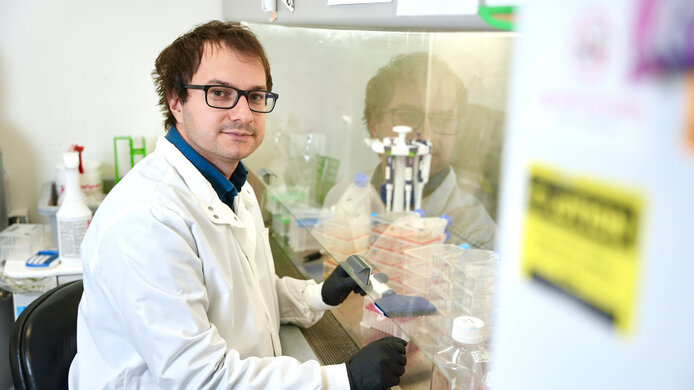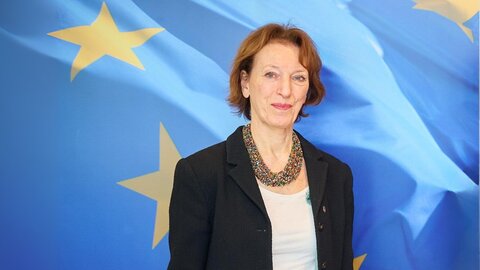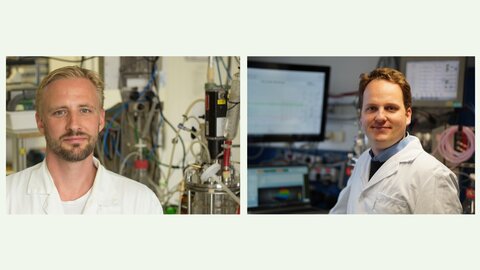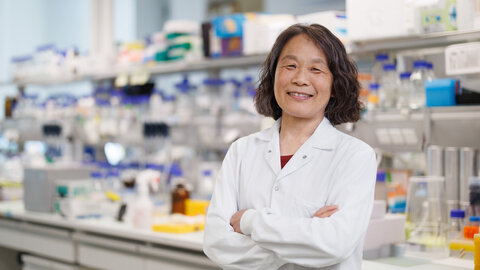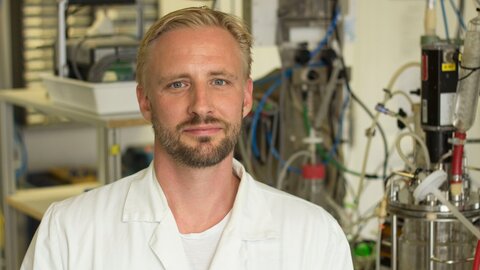How did you come to work in David Baker's team?
Muratspahić: Even in my first year as a doctoral student I already knew that I wanted to work in David Baker's laboratory. Thanks to a Marietta Blau Grant from the Austrian Federal Ministry of Education, Science and Research, I was able to gain my first experience abroad in Australia. I then applied for the FWF Schrödinger Fellowship to continue my research in David Baker's lab. It didn’t work out at the first attempt, but David encouraged me to keep pursuing my idea. When I applied again I was accepted.
What does it mean for your professional career to work in the team of a Nobel Prize winner?
Muratspahić: For my scientific career, this is a unique opportunity to establish collaboration with world-renowned scientists. I would like to bring this network back to Austria to set up my own research group there. It also means a lot to me at a personal level to be part of this passionate research group. I came to Austria from Bosnia at the age of 15 and have invested a lot of time and effort to get where I am today.
What are your next steps?
Muratspahić: I'm currently working on the manuscript for my first publication from the Baker lab. In the long run, I intend to return to Vienna. However, this requires the availability of enough group leader positions to enable young researchers to pursue an academic career in Austria.
Edin Muratspahić is a postdoctoral researcher in the laboratory of David Baker, Nobel Laureate in Chemistry and Director of the Institute for Protein Design at the University of Washington in Seattle. Muratspahić studied at the University of Vienna and at the Medical University of Vienna, where he specialized in signal transmission in cells using G-protein-coupled receptors. The Austrian Science Fund FWF awarded Muratspahić a Schrödinger Fellowship, a grant that enables young researchers working in Austria to work at leading research institutions abroad.

